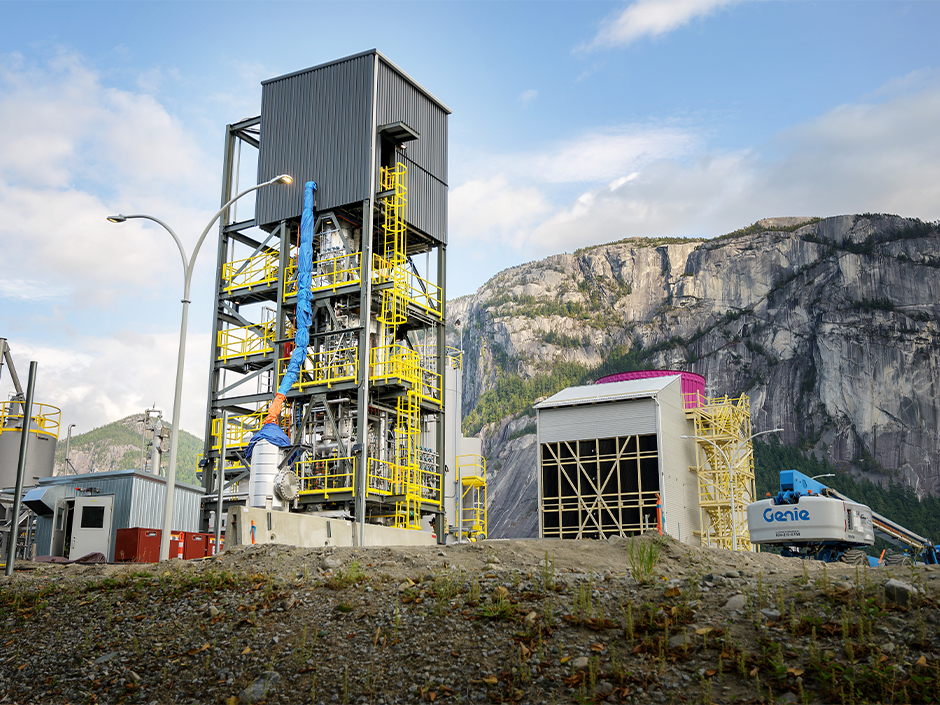
Carbon dioxide removal is the ‘net’ in net zero. We cannot meet internationally agreed targets to limit the warming of the Earth without removing carbon dioxide from the environment. Carbon Dioxide Removal (CDR) is therefore not a justification for continued burning of fossil fuels as some with vested interests have claimed. It is, instead, a necessary tool, alongside radically scaling back greenhouse gas emissions, to avoid the very worst impacts of climate change.
This paper, coauthored by some of the world’s leading experts on this topic, explores the bottlenecks which are so far stopping the CDR industry reaching the scale that is required.
Estimates suggest that by 2050, CDR technologies will be required to remove up to 10 billion tons of CO2 per year from the atmosphere. To put that into context, that is similar to global CO2 emissions from oil consumption in 2022, and more than the global emissions of the entire industrial sector. However, the CDR industry barely exists, largely due to a lack of market demand at present.
There are also technological and scientific knowledge gaps around different CDR methods. Monitoring, reporting and verification (MRV) methods are underdeveloped – and this is crucial because MRV is foundational in building both an evidence base and trust for CDR. It is unclear how the field can move ahead under the precautionary principle in the face of vocal opposition. (One pilot project in Cornwall, England, which had data collection as its objective, met with fierce community opposition because its MRV data did not yet exist. Relatedly, research has shown that only 13% of renewable energy projects which were opposed by the public ended up being completed.)
CDR needs more political, public and policy support to generate an evidence base and market demand for a portfolio of solutions. The policy challenge is to create a framework which allows the CDR industry to scale responsibly, and at pace, without disincentivising the much-needed decarbonisation of industry.
Governments must catalyse supply and demand, while also supporting frameworks which uphold quality and justice. And they are likely to need to catalyse finance. The risk of large multinational companies bank-rolling major CDR projects is that it looks like greenwashing. For reasons including this one, public policy and associated funding could be key to the success of this industry.
CDR is required for net zero. To scale the industry quickly, we need constructive dialogue about how to right-size the role of CDR in meeting climate targets. However, most critically, we must unlock significant investment to enable the research, development and demonstration of high quality CDR.